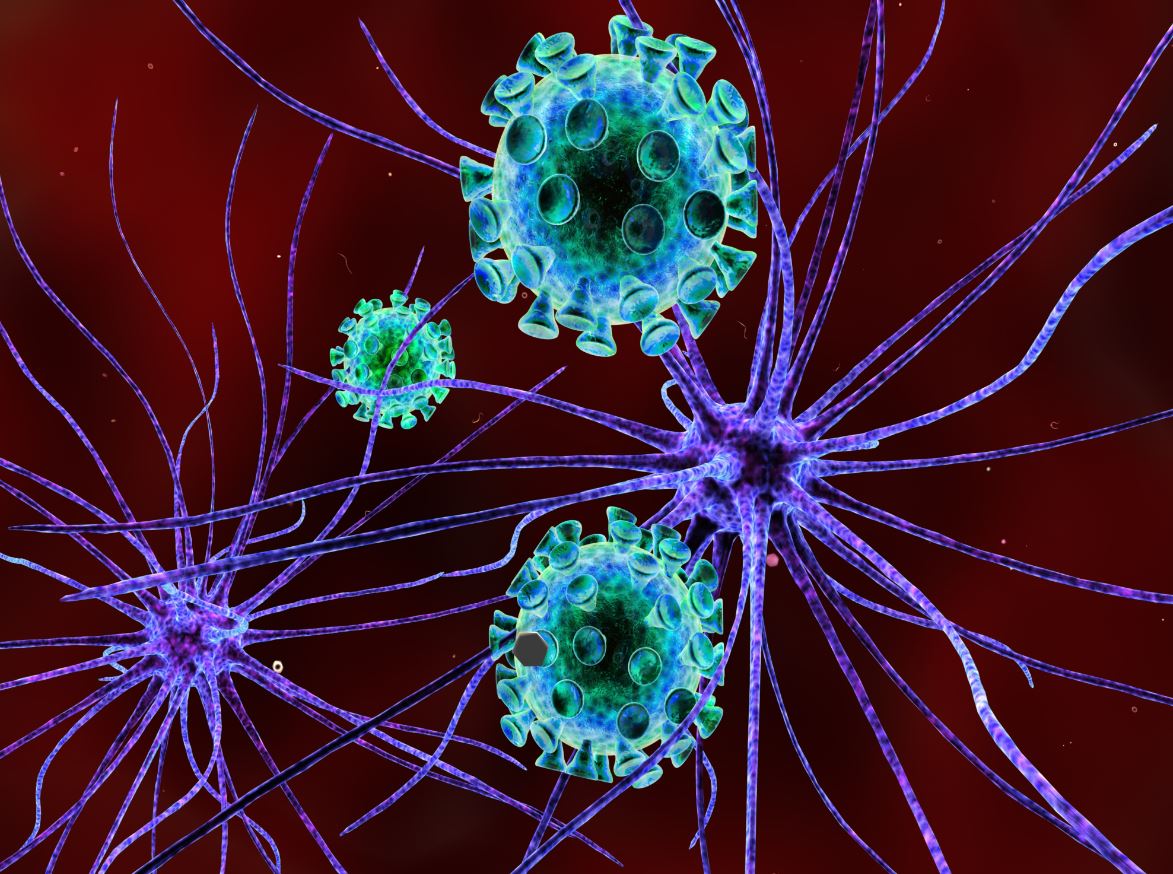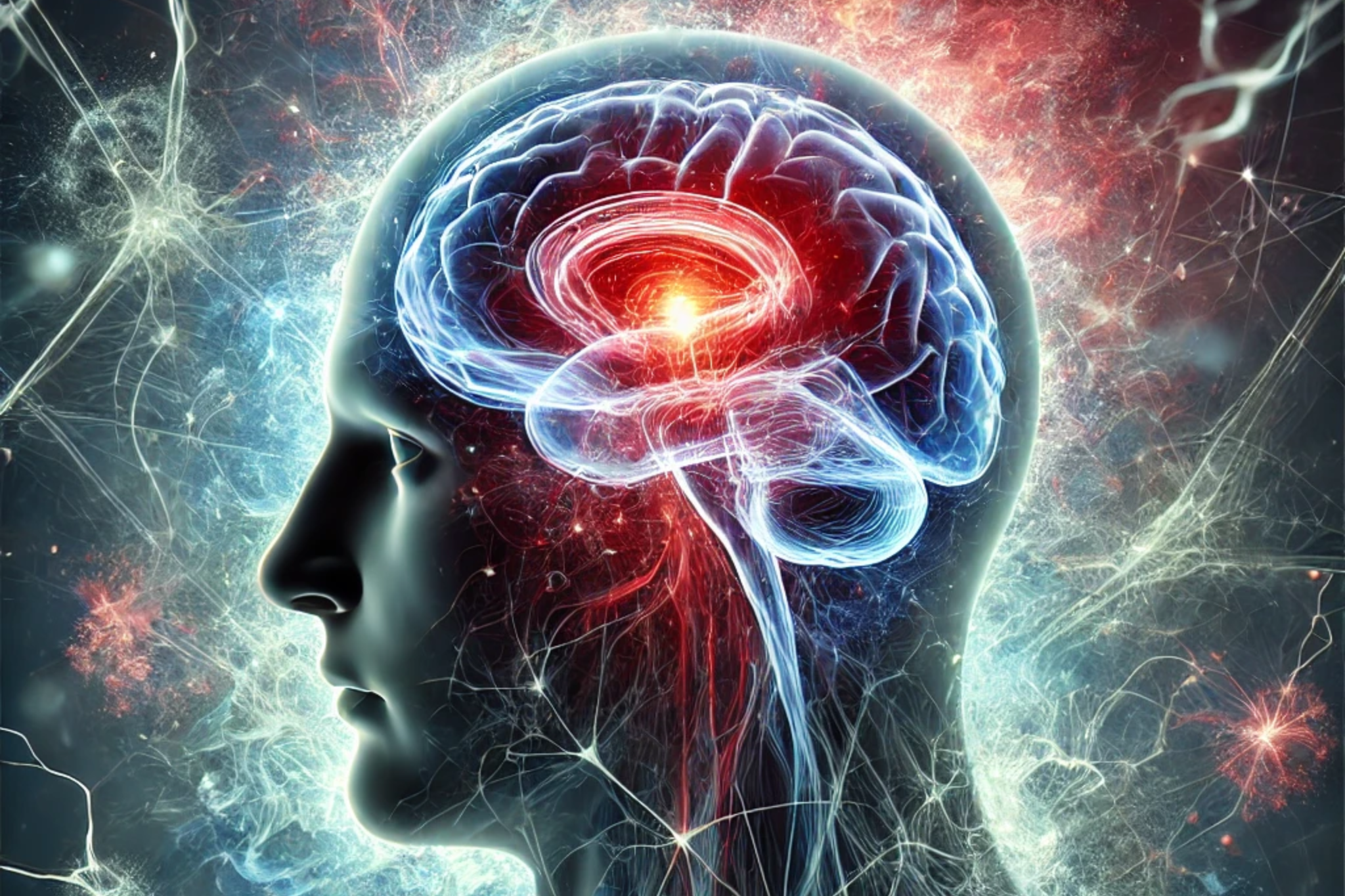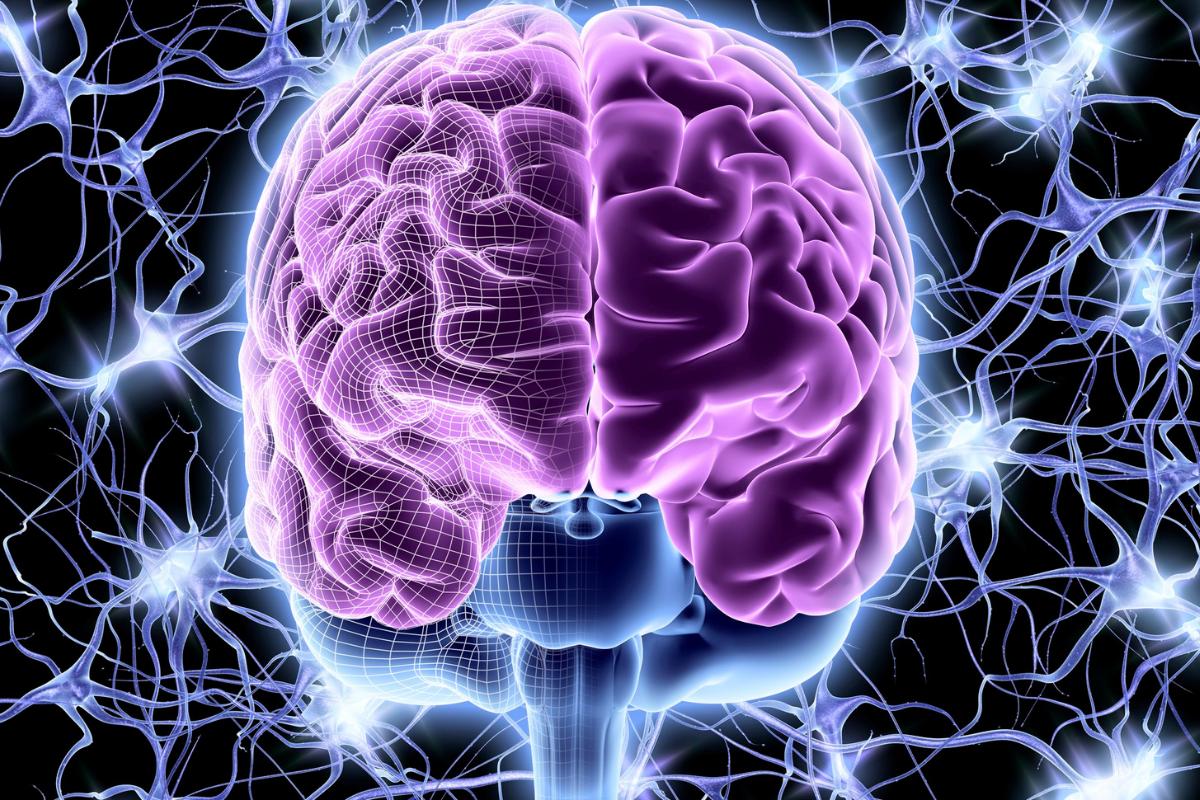By Dr. Petrus Raulino
What is Post-Traumatic Stress Disorder?
Post-traumatic stress disorder (PTSD) is a common, impactful and complex mental disorder that occurs after exposure to traumatic events.
PTSD is characterized by intrusive thoughts and reliving the trauma:
- Flashback-type dissociative reactions;
- Efforts to avoid thoughts, feelings, places or people related to the trauma;
- Persistently negative mood and cognition;
- Hyperexcitation evidenced by anxiety, difficulty sleeping and irritability.
Failure to recover from PTSD can have detrimental effects on the individual's social functioning, as well as on their health and family life.
Studies show that individuals who have experienced public health emergencies, such as pandemics, can present symptoms of stress to varying degrees, even after the situation in question has ended.
Research carried out by the Fondazione Policlinico Universitario Agostino Gemelli IRCCS in Rome and published in JAMA Psychiatry studied a group of patients who were diagnosed with COVID-19, remained hospitalized and, after recovery, were referred to a post-acute care service for multidisciplinary assessment.
The patients were assessed by psychiatrists trained to diagnose PTSD according to the DSM-V criteria.
Study results
Of the 381 patients evaluated, 115 patients (30.2%) had PTSD. In the total sample, the additional diagnoses were depressive episode (17.3%), hypomanic episode (0.7%), generalized anxiety disorder (7%) and psychotic disorders (0.2%).
The study also showed risk factors associated with higher rates of PTSD: female gender; a history of previous psychiatric disorders; delirium or agitation during the acute phase of the illness; and persistence of symptoms after hospitalization.
The research findings were relevant because they drew our attention to the need for psychiatric assessment for differential diagnosis of symptomatic post-COVID-19 patients, given the high prevalence of PTSD, in line with studies in the context of other pandemics.
References
Janiri, D., Carfì, A., Kotzalidis, G. D., Bernabei, R., Landi, F., Sani, G., ... & Post-Acute Care Study Group. (2021). Posttraumatic stress disorder in patients after severe COVID-19 infection. JAMA psychiatry.
Yuan, K., Gong, Y. M., Liu, L., Sun, Y. K., Tian, S. S., Wang, Y. J., ... & Lu, L. (2021). Prevalence of posttraumatic stress disorder after infectious disease pandemics in the twenty-first century, including COVID-19: a meta-analysis and systematic review. Molecular psychiatry, 1-17.
Rogers, J. P., Chesney, E., Oliver, D., Pollak, T. A., McGuire, P., Fusar-Poli, P., ... & David, A. S. (2020). Psychiatric and neuropsychiatric presentations associated with severe coronavirus infections: a systematic review and meta-analysis with comparison to the COVID-19 pandemic. The Lancet Psychiatry, 7(7), 611-627.
Shalev, A., Liberzon, I., & Marmar, C. (2017). Posttraumatic stress disorder. New England Journal of Medicine, 376(25), 2459-2469.
Kirkpatrick, H. A., & Heller, G. M. (2014). Post-traumatic stress disorder: theory and treatment update. The International Journal of Psychiatry in Medicine, 47(4), 337-346.
American Psychiatric Association (2014). DSM-5: Diagnostic and Statistical Manual of Mental Disorders. Artmed Publishing.







